Key Takeaways
| Feature | Benefit | Cost Range |
|---|---|---|
| LED Technology | 10x longer lifespan, brighter output | $150-$500 |
| Sequential Turn Signals | Enhanced visibility, modern appearance | $200-$600 |
| Smoked/Tinted Lenses | Aggressive styling, daytime stealth look | $120-$400 |
| Plug-and-Play Installation | No wiring modifications needed | Varies by model |
| DOT Compliance | Legal for street use, passes inspections | Standard feature |
Custom Tail Light Technologies Transform Truck Aesthetics
LED tail lights have completely changed how trucks look at night. Modern custom options use advanced semiconductor technology that produces light 300% brighter than traditional bulbs. These lights also last around 50,000 hours compared to just 1,000 hours for standard incandescent bulbs.
Sequential turn signals represent the biggest innovation in truck lighting recently. The lights sweep from inside to outside, creating a distinctive pattern that catches attention from other drivers. This feature first appeared on high-end cars but now truck owners can get the same effect.

Popular brands like Custom Dynamics offer complete kits that include everything needed for installation. Their products feature military-grade components that resist moisture, vibration, and extreme temperatures.
Popular Tail Light Styles for Different Truck Models
Ford F-150 owners typically choose smoked lens designs that complement the truck’s aggressive styling. These dark-tinted lights look almost black during the day but illuminate bright red when activated. Chevy Silverado drivers often prefer clear lens options with red LED arrays inside.
Ram truck owners frequently select tube-style LED lights that create a continuous light bar effect. This design works especially well on newer Ram models with their bold rear-end styling. The tubes can be programmed to display different patterns for turn signals, brake lights, and running lights.

Toyota Tacoma and Tundra owners often choose lights with integrated backup cameras or additional work light functions. These multi-purpose designs maximize functionality while maintaining the clean factory appearance.
Each truck model requires specific mounting hardware and wiring harnesses. Universal kits exist but vehicle-specific options always provide better fitment and easier installation.
Installation Process and Technical Requirements
Most custom tail lights use plug-and-play connectors that match factory wiring harnesses. This eliminates the need to cut or splice wires during installation. The process typically takes 30-45 minutes per side using basic hand tools.
Start by disconnecting the negative battery terminal to prevent electrical shorts. Remove the factory tail light assembly by unscrewing the mounting bolts from inside the truck bed or behind interior panels. Each truck uses different access methods.
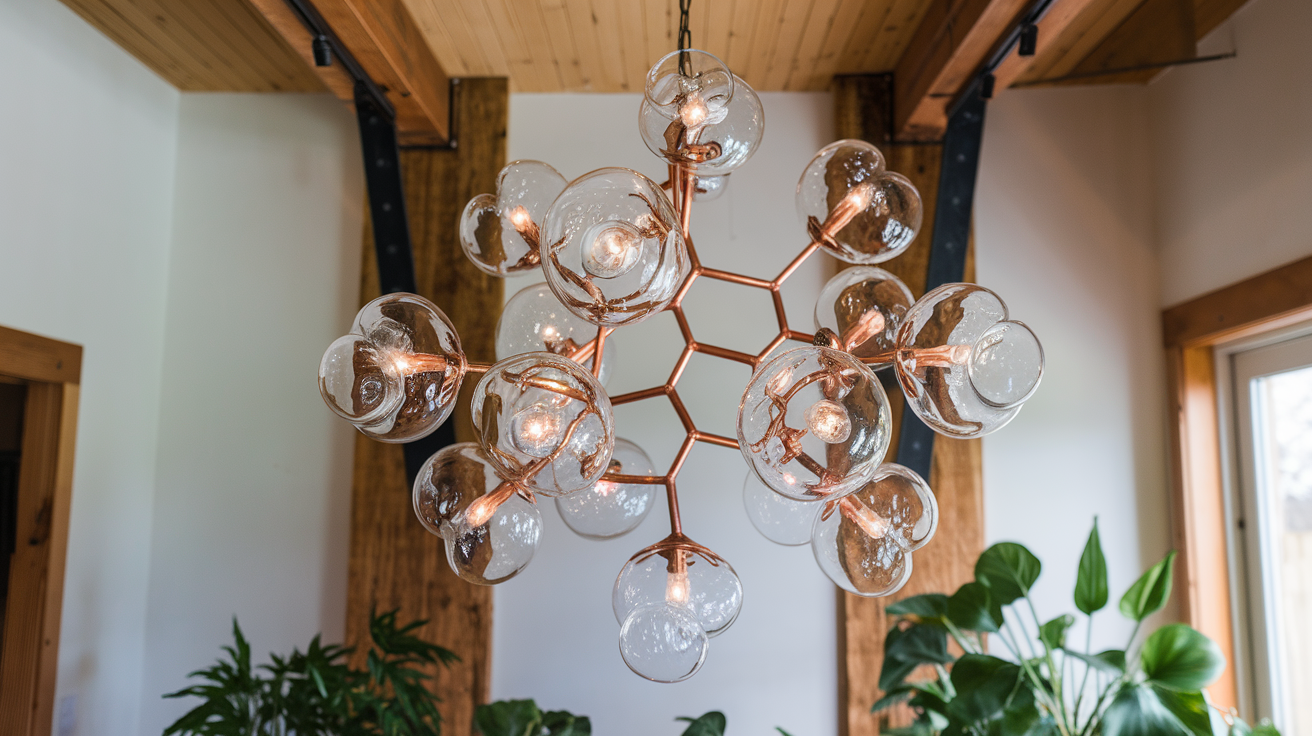
The new lights connect using the same electrical connector as the original equipment. Test all functions before final installation to ensure proper operation. This includes turn signals, brake lights, running lights, and hazard flashers.
Some advanced features like sequential turn signals require additional modules or controllers. These small boxes typically mount behind the tail light assembly and connect between the factory wiring and the new lights.
LED Technology Benefits and Performance Features
LED lights consume 80% less power than traditional bulbs while producing significantly more light output. This reduced electrical load helps preserve the truck’s charging system and extends alternator life. The lower current draw also generates less heat.
Modern LED arrays use multiple chips to create uniform light distribution across the entire lens surface. If one LED fails, the others continue working… unlike single-filament bulbs that go completely dark when they burn out.
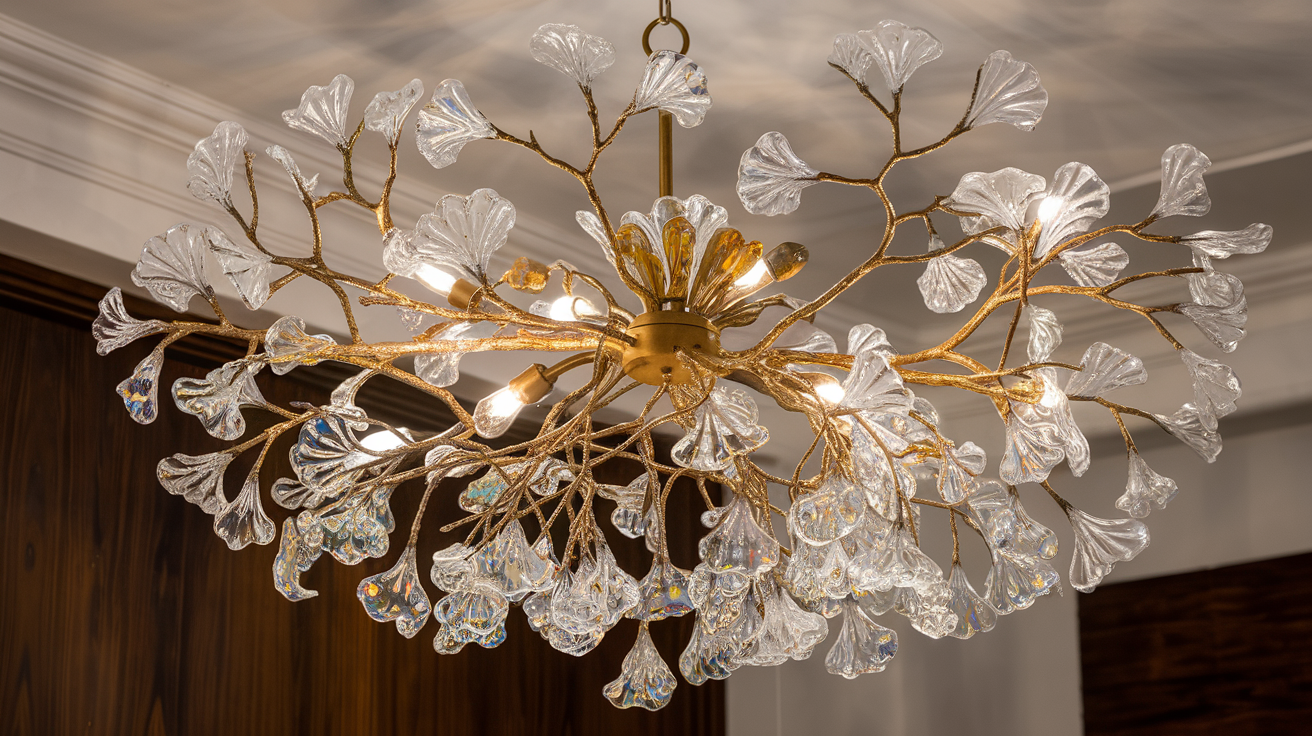
Color temperature options range from warm 3000K to cool 6000K. Most truck owners prefer 3000K for a traditional red appearance or 4000K for a slightly whiter red that appears brighter. The 6000K option produces an almost pink-red color that some find “too artificial looking”.
Response time for LED lights measures in milliseconds compared to 200-300 milliseconds for incandescent bulbs. This faster illumination gives following drivers additional reaction time during sudden braking situations.
Safety Improvements and Visibility Enhancements
Brighter tail lights reduce rear-end collision risk by making trucks more visible in poor weather conditions. Studies show that LED brake lights can reduce following distance miscalculations by up to 15%. The instant-on characteristic eliminates the delay that occurs with traditional bulbs.
Sequential turn signals improve lane change safety by creating motion that draws attention from drivers in adjacent lanes. The sweeping pattern is easier to see in peripheral vision compared to static flashing lights.
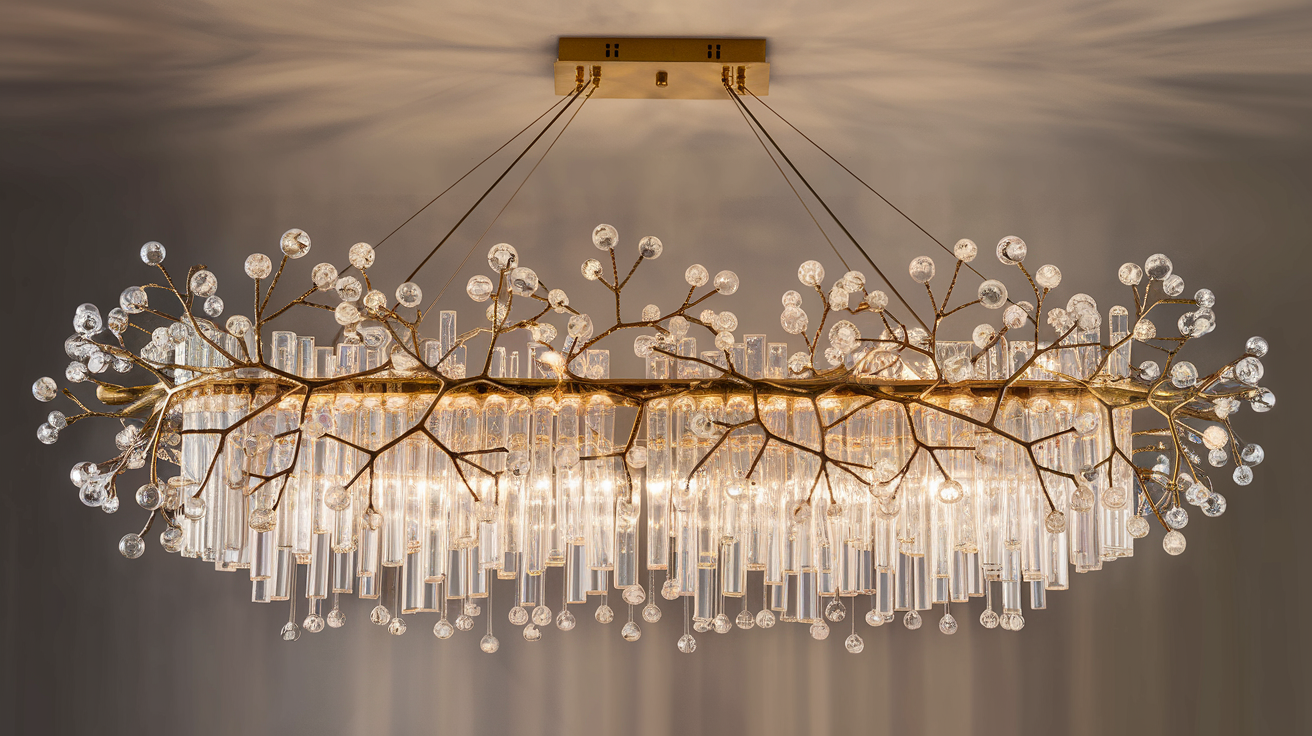
Many custom tail lights include additional safety features like backup lights, side marker lights, or reflective elements. These extra functions increase 360-degree visibility around the truck without requiring separate installations.
DOT compliance ensures that custom lights meet federal safety standards for street use. Look for the DOT stamp on the lens or housing to verify legal compliance. Non-compliant lights may cause inspection failures or legal issues.
Cost Analysis and Value Considerations
Entry-level custom tail lights start around $120 per pair for basic LED replacements without special features. Mid-range options with sequential turn signals and smoked lenses typically cost $250-$400 per pair. Premium kits with multiple functions and branded components can exceed $600 per pair.
Installation costs vary based on complexity and local labor rates. Simple plug-and-play installations might cost $50-$100 at a shop while complex systems requiring additional modules could cost $200-$300 for professional installation.
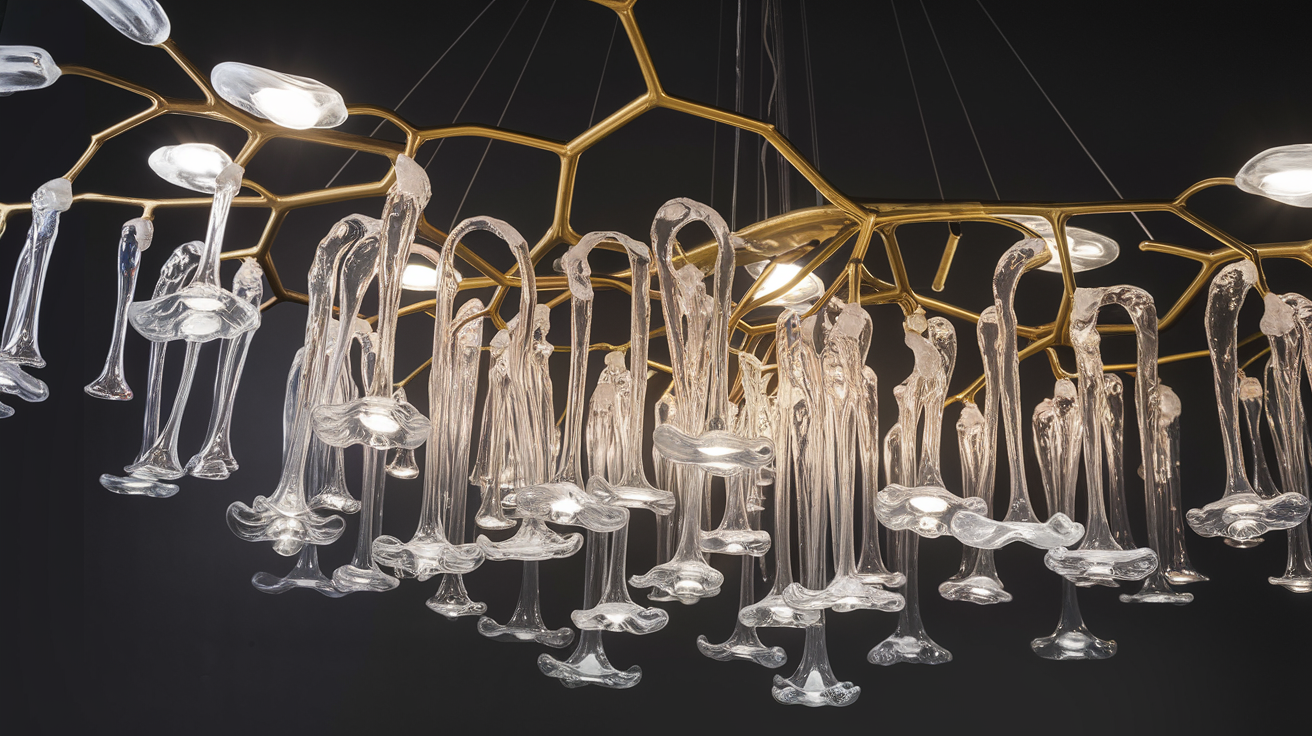
Long-term value comes from reduced maintenance costs since LED lights rarely fail during normal vehicle ownership periods. Traditional bulbs might need replacement 2-3 times per year while LEDs can last the entire life of the truck.
Resale value impact depends on the specific modifications and buyer preferences. Well-executed lighting upgrades with quality components often increase truck value while cheap or poorly installed lights may decrease it.
Brand Comparisons and Quality Differences
Established automotive lighting manufacturers like Anzo, Spec-D, and Recon offer the most reliable products with proper DOT certification. These brands typically provide 2-3 year warranties and have proven track records for durability.
Generic imported lights often cost 50-70% less but may lack proper sealing, use inferior LED chips, or have inadequate heat dissipation. These quality compromises can lead to premature failure, moisture intrusion, or uneven light output.
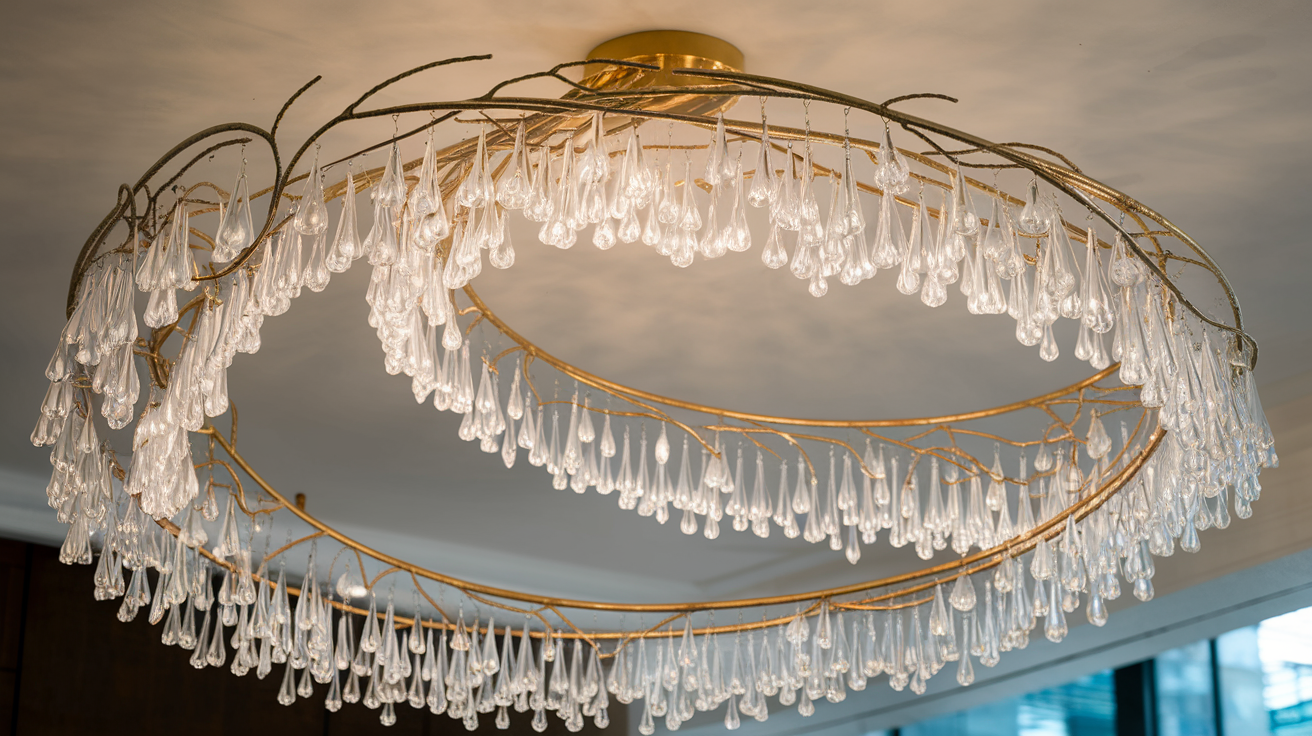
OEM-style replacement lights maintain the factory appearance while upgrading to LED technology. These options work well for truck owners who want improved performance without changing the vehicle’s visual character.
Performance-oriented brands focus on maximum light output and advanced features like programmable patterns or smartphone connectivity. These products typically cost more but offer capabilities not available from mainstream manufacturers.
Legal Requirements and Compliance Standards
Federal Motor Vehicle Safety Standard 108 governs tail light requirements for all vehicles sold in the United States. Custom lights must meet specific brightness, color, and positioning requirements to remain street legal.
State inspection requirements vary but most states check tail light function, color, and mounting location. Some states prohibit certain modifications like “colored lenses” or flashing patterns that could be confused with emergency vehicles.
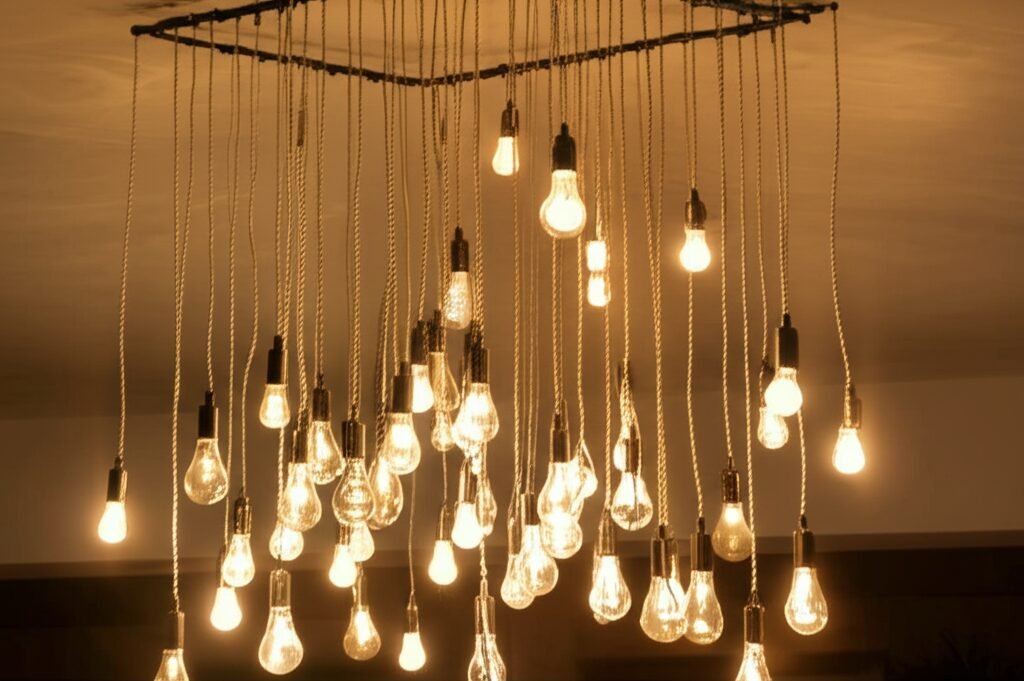
DOT approval indicates that lights have been tested and certified to meet federal standards. This approval protects vehicle owners from legal issues and ensures compatibility with vehicle inspection requirements.
Local law enforcement may have specific interpretations of lighting regulations. When in doubt, consult with local authorities or certified automotive technicians to ensure compliance with all applicable laws and regulations.
Frequently Asked Questions
Q: Will custom tail lights void my truck’s warranty?
A: Aftermarket lighting modifications typically don’t affect powertrain or other unrelated warranty coverage. However, any electrical issues caused by the installation might not be covered.
Q: Can I install custom tail lights myself?
A: Most plug-and-play designs require only basic tools and mechanical skills. Complex systems with additional modules may benefit from professional installation.
Q: Do LED tail lights work with my truck’s trailer wiring?
A: Yes, but the lower current draw might cause trailer brake controllers to malfunction. Some installations require load resistors to maintain proper operation.
Q: How long do custom LED tail lights typically last?
A: Quality LED tail lights often last 10-15 years under normal use conditions. The electronics typically fail before the LEDs themselves.
Q: Are smoked tail lights legal for street use?
A: Smoked lights are legal if they meet DOT brightness requirements when illuminated. Very dark tints may not provide sufficient light output for legal compliance.
Q: Can custom tail lights improve my truck’s fuel economy?
A: The power savings from LED lights is minimal compared to total vehicle electrical load. Any fuel economy improvement would be essentially undetectable.







